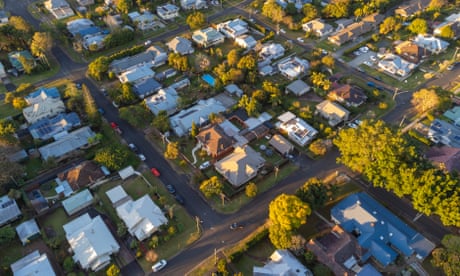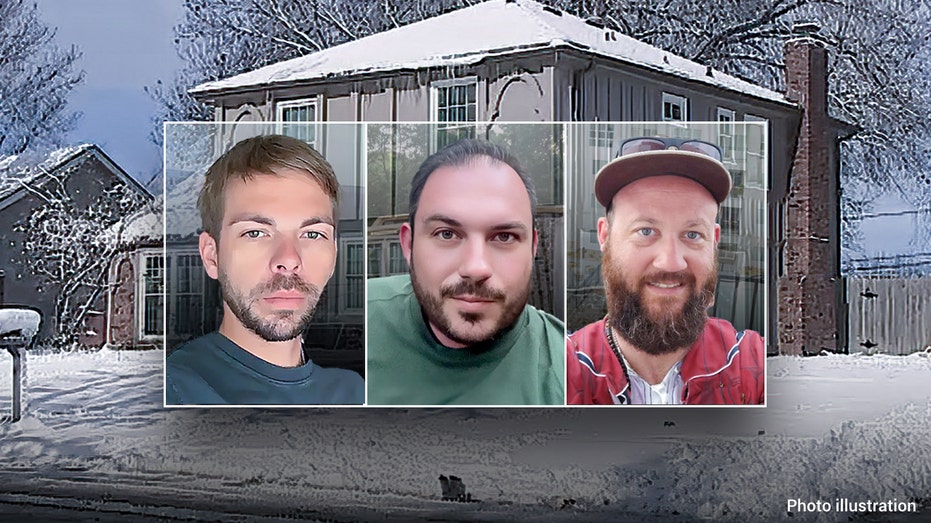- by foxnews
- 11 Mar 2025
Australia’s doctor deserts: see how your suburb compares in access to healthcare
Australia’s doctor deserts: see how your suburb compares in access to healthcare
- by theguardian
- 27 Jun 2022
- in news

The average distance to the nearest doctor is more than 9km in some metropolitan areas, according to new data from the Australian Urban Observatory.
Often found on city fringes, these areas also tend to have worse access to other social infrastructure, such as education, transport, community and sporting facilities, and emergency services.
Associate Prof Melanie Davern, the director of the Australian Urban Observatory, says the issue is at least partly to do with how we plan our cities.
"We don't have planners working with the health system - this is the major problem. We don't think about an urban system. We just have a planning department, a health department and a transport department. But they are not really connected," she says.
"Because [planning is] population based, [those outer areas] are never going to see improved access to things like GPs."
Tamborine Mountain lies to the south of Brisbane and its residents have an average distance to a doctor of almost 8km. It scores 0 out of 16 on the Urban Observatory's "social infrastructure index", which counts many of the services above.
You can move and hover over the map below to explore the average distance to the nearest GP clinic in Australia's metropolitan areas.
"We plan everything based on population," Davern says.
Only once an area hits a certain population size will some services start to be provided. For growth areas, that can mean critical social infrastructure like healthcare lagging far behind the population growth, while for other areas it might never arrive.
"It fits the same pattern as all social infrastructures we have across the country," Davern says.
"What's particularly important is that if you have people that are more disadvantaged, then they are more likely to have health concerns. And we are making it harder for those people to get to a doctor and we are making them drive further, which reinforces the health inequities we already have."
Health services tend to cluster in areas of high activity. So in the centre of Brisbane or the Gold Coast the average distance to a GP clinic might be only a few hundred metres, but in some areas the distance can be many multiples of that.
"If you could afford it, would you move closer in? It's affordability that really pushes people to growth areas. So you've got less money, you're in a new suburb, you have to drive to everything because the population is smaller and less dense."
Analysis of other data from the Urban Observatory shows that transport access and walkability is correlated with access to these other services.
"As social infrastructure becomes fewer and fewer, so does transport," says Davern. "So we are just enforcing car dependency."
- by foxnews
- descember 09, 2016
High-end vacation resort bans children to achieve 'tranquil environment'
The Alila Marea Beach Resort, located in Encinitas, California, has announced that it's no longer accepting kids and is transitioning to an adults-only vacation spot.
read more


